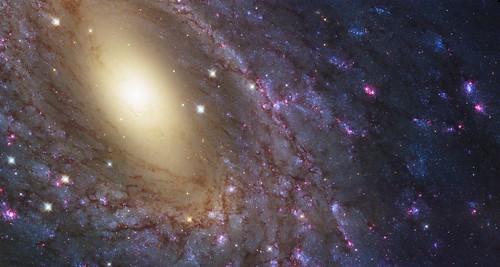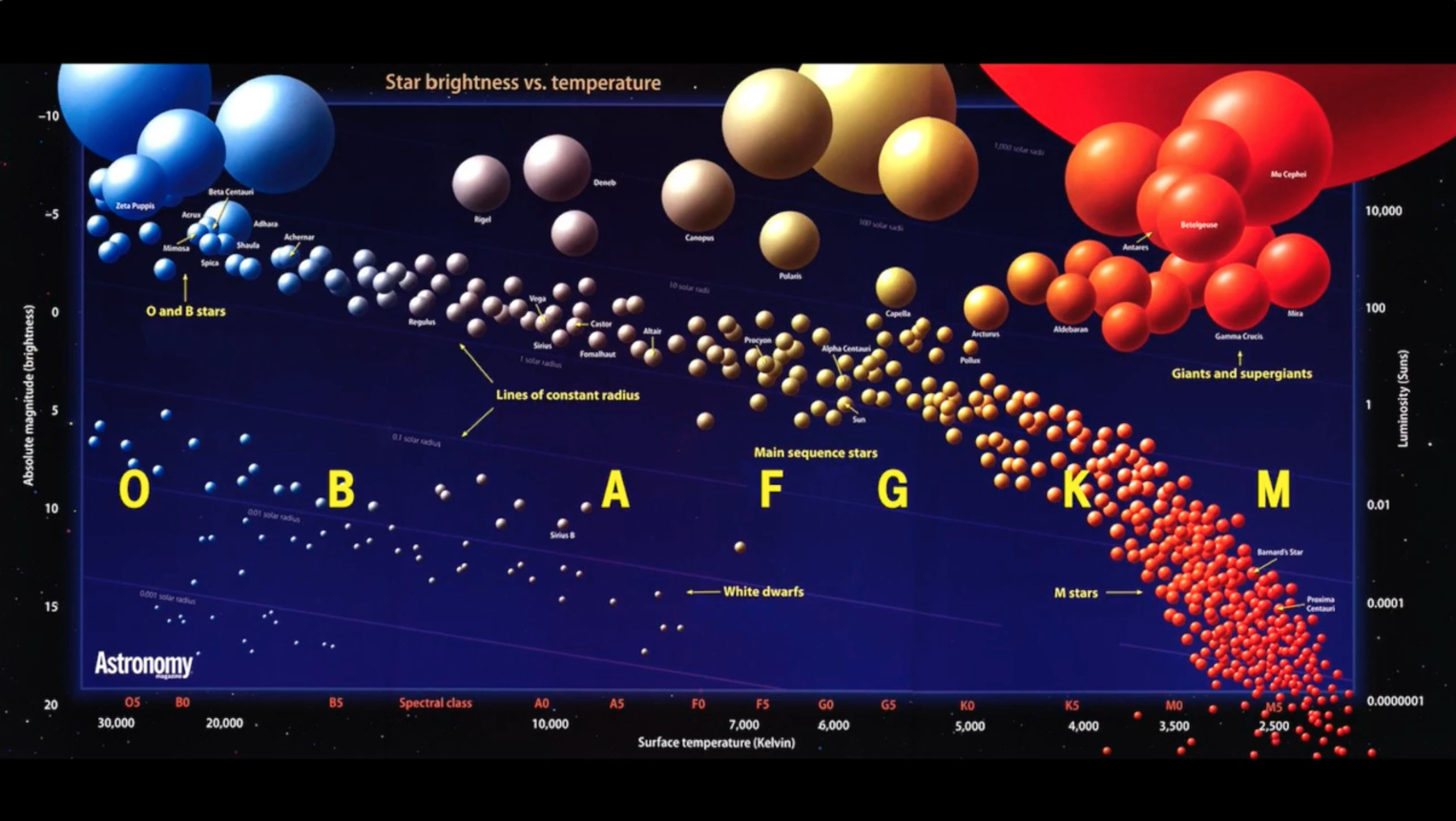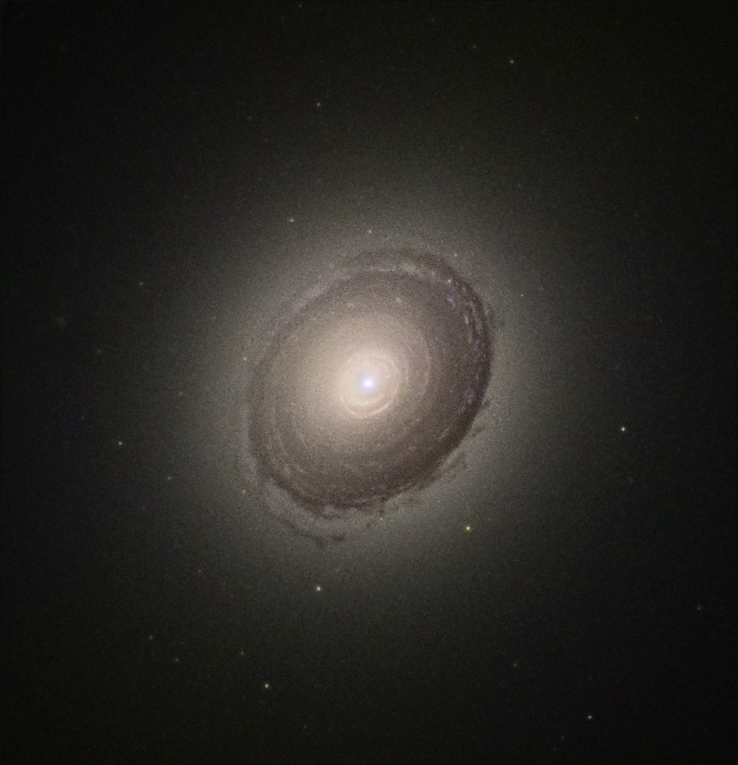sunson wrote: ↑Thu May 31, 2018 2:17 pm
Why does the stars on the edge one can see much clearer and well defined than the stars towards the center? Are they brighter? O perhaps what seems to be one star is in fact a bunch that seems to shine brighter and is more defined?
The Herzsprung-Russel diagram of stellar brightness versus color.
Illustration: Astronomy magazine.
Take a look at the Hertzsprung-Russell diagram at left.
When it comes to so called main sequence stars, which are stars that still fuse hydrogen into helium in their cores (like the Sun), they are hotter, brighter and bluer the more massive they are. Conversely, they are cooler, fainter and redder the less massive they are.
Massive stars quickly run out of fuel and evolve into giants, supergiants and, in a very few cases, hypergiants. These stars are extremely bright, but they burn out very quickly and explode as supernovas. Lightweight stars, by contrast, evolve slowly and shine steadily but faintly for billions and maybe trillions of years.
The bulges of massive galaxies are completely dominated by truly huge numbers of small yellow and red stars. There are also a number of red giants in the bulges of galaxies. These red giants are typically some 30-300 times brighter than the Sun. They are
not thousands of times brighter than the Sun, certainly not in optical light. They are stars like Pollux and Arcturus, not stars like Antares and Betelgeuse. Red and yellow dwarfs far outnumber the red giants in the bulges of galaxies, but the red giants provide most of the light there.
In the arms of spiral galaxies, however, much of the light comes from bright main sequence stars of spectral class B. Even brighter are the main sequence stars of spectral class O, and supergiants of all spectral classes are the brightest of them all, except for the terrifically rare hypergiants.
All B- and O-type main sequence stars are young, and all the supergiants and hypergiants are young, too. But they reside in the outbacks of the galaxies, where the stars are few and far between. Even though many individual stars are so bright, they can't light up the terrible chasms separating them from other stars, associations and clusters. The arms of the galaxies are lit up intermittently by pinpricks of light, between which darkness reasserts its reign. The bulges of galaxies, by contrast, are the crowded cities, which are typically lit up by extreme numbers of small faint stars and moderate numbers of red giants.
Take a look at these two clusters, one globular cluster and one open cluster:

It must be said that globular clusters are not like the bulges of galaxies. That is because galactic bulges contain stars of different ages, and the stars are usually rather metal-rich. By contrast, the stars of globular clusters are typically very metal-poor and so old that they are just a little younger than the Universe itself. In most cases, all the stars in a globular cluster were born at more or less the same time, too.
Nevertheless, both globular clusters and galactic bulges are dominated by huge numbers of small red and yellow stars. Most of the light, however, comes from a comparatively small number of red giants.
By contrast, most open clusters in the Milky Way are young. Not all are so young that they are dominated by blue stars, but many are. Some of them are rich in stars, like
M11, but many contain just a smattering of bright stars. The open cluster in the picture at right is IC 2602, and all the bright stars are main sequence stars of spectral class B. You can see how sparse the cluster is. Think of the arms of spiral galaxies like conglomerates of clusters similar to IC 2602, but few and far between.
And that is why galactic bulges are often bright, but spiral arms are typically faint.
Ann
 NGC 6744 Close Up
NGC 6744 Close Up






